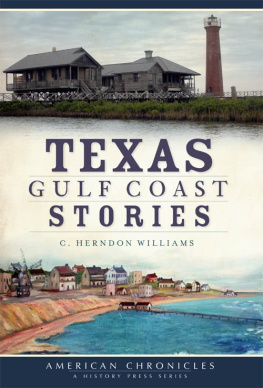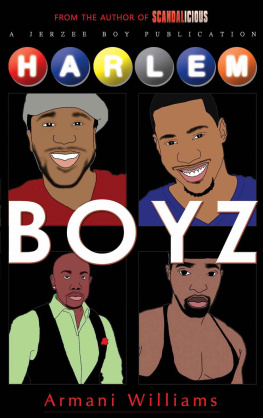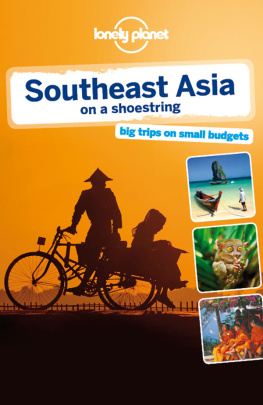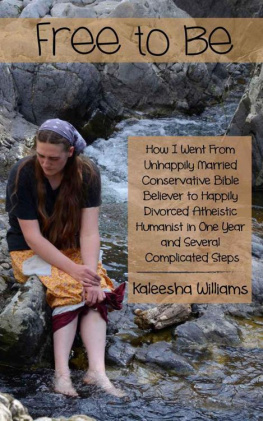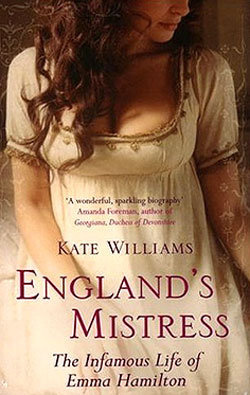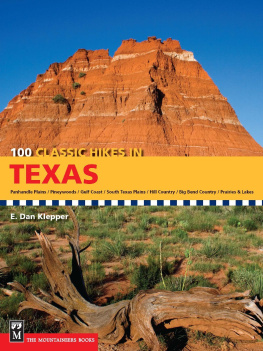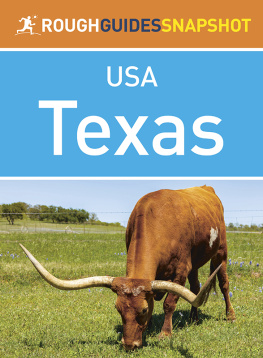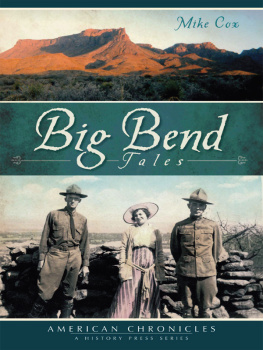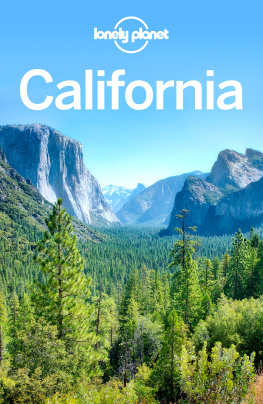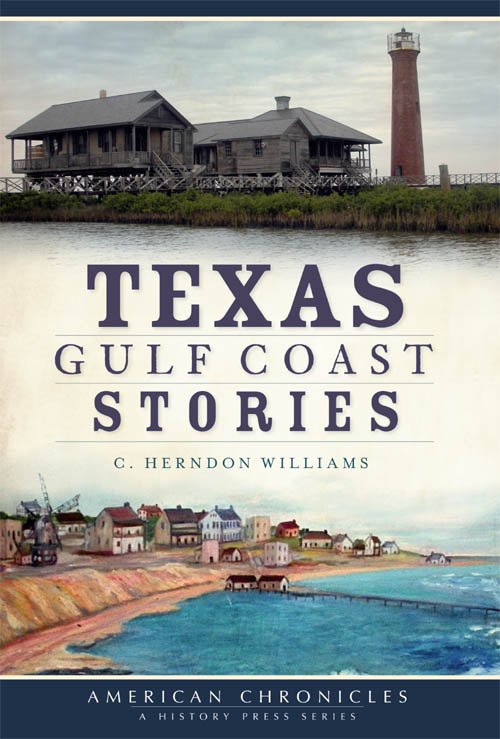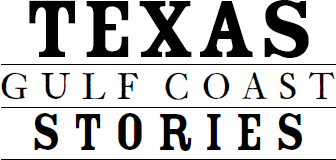
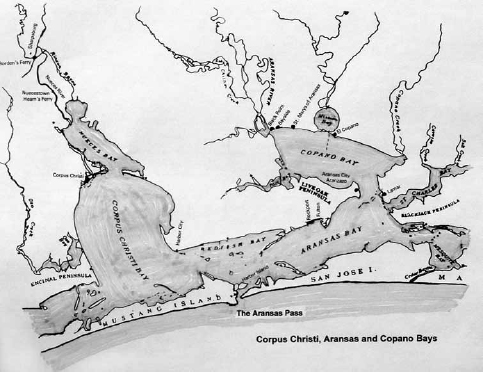
Map of Corpus Christi, Aransas and Copano Bays and environs, showing the locations of early settlements. Adapted from a map by Keith Guthrie.
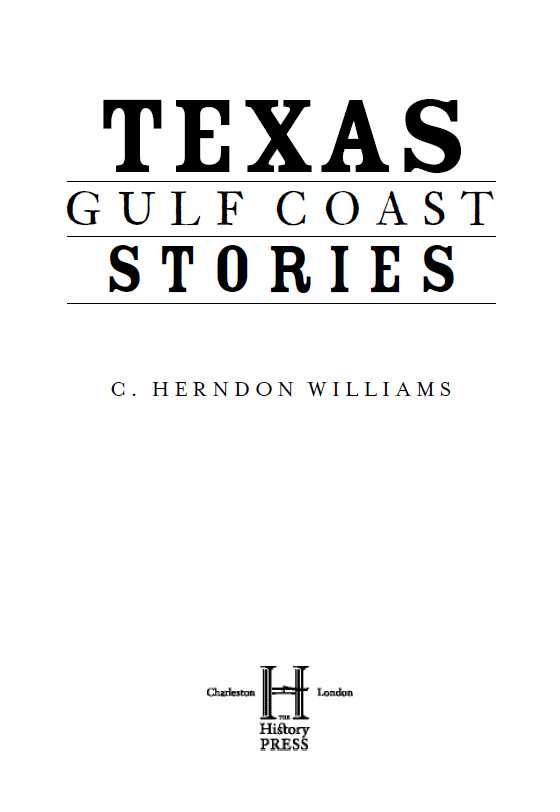
Published by The History Press
Charleston, SC 29403
www.historypress.net
Copyright 2010 by C. Herndon Williams
All rights reserved
First published 2010
e-book edition 2011
ISBN 978.1.61423.246.9
Williams, C. Herndon.
Texas Gulf Coast stories / C. Herndon Williams.
p. cm.
Includes bibliographical references and index.
print edition ISBN 978-1-60949-032-4
1. Coastal Bend (Tex.)--History--Anecdotes. 2. Gulf Coast (Tex.)--History--Anecdotes. 3. Coastal Bend (Tex.)--History, Local--Anecdotes. 4. Frontier and pioneer life--Texas--Coastal Bend--Anecdotes. 5. Coastal Bend (Tex.)--Social life and customs--Anecdotes. 6. Coastal Bend (Tex.)--Antiquities--Anecdotes. I. Title.
F392.C517W6 2010
976.4115--dc22
2010039384
Notice: The information in this book is true and complete to the best of our knowledge. It is offered without guarantee on the part of the author or The History Press. The author and The History Press disclaim all liability in connection with the use of this book.
All rights reserved. No part of this book may be reproduced or transmitted in any form whatsoever without prior written permission from the publisher except in the case of brief quotations embodied in critical articles and reviews.
To Linda Creel Brinkley.
My editor, my love and much more.
CONTENTS
INTRODUCTION
I use the word stories in the title of this book in the sense of short, evocative sketches or episodes in a larger work. The larger work is the story of the Texas Gulf Coast from its days as a Spanish colony in the 1700s through its joining the United States in the 1800s. My geographical focus has been on the region of the middle Texas coast known, at least locally, as the Coastal Bend. My historical focus has been on the episodes in the experiences of the people who lived here or came here, sometimes by way of a shipwreck.
I have tried to discover the stories less often told or those that are different from the commonly accepted version. I have not attempted to be a revisionist of textbook Texas history but rather have looked at some of the details that were once known but have more or less been forgotten. The choice of stories presented here represents only my own interests and my fascination with the rich history of this area. I have made no attempt at being comprehensive, but I have made an effort at being factual, especially with regard to dates. All of the stories presented here have a basis in the historical records of the Coastal Bend, although a few have been identified as tales or legends. My intent is to pique interest, inform and, in a few cases, surprise my readers.
The first part deals with stories of the Karankawa Indians and their neighbors, while the second part treats the early Spanish and French explorers and the Anglo-European colonists. The early Spanish missions and the first Coastal Bend ports and towns are the subjects of the third part. The fourth part treats some aspects of the Texas War for Independence. The fifth part deals with a variety of subjects, including shipwrecked and buried treasures and the domino game called Texas 42.
PART 1
KARANKAWA AND OTHER INDIANS
THE KARANKAWA WERE TALL, TATTOOED AND PIERCED
The Karankawa Indians were quite an apparition when first encountered by the Spanish and French explorers in the 1500s1700s and by the Anglo-European immigrants in the 1800s. The first European to see the Karankawa was Cabeza de Vaca in 1528. Shipwrecked on the Gulf Coast, he lived among them for six years and described their appearance in his retrospective account when he returned to Spain in 1542. Subsequently, they were described in a succession of first encounters by La Salles lieutenant, Henri Joutel, in 1687, Fray Gaspar Jose de Solis in 1767, Stephen F. Austin in 1822 and Jean Louis Berlandier in 1830.
The first thing noticeable was how tall the Karankawa males were, between six and seven feet tall, with beautiful musculature. By contrast, the women were short and stout. The second thing that hit the observers was their sickening stench. The Karankawa coated themselves with an evil-smelling mix of alligator fat, shark oil and dirt to ward off mosquitoes. You might be able to smell a Karankawa before you saw him. The men wore little or nothing in the way of clothing, a breechcloth at most, and no moccasins. The women were clad in skirts of Spanish moss or deerskin, with no tops. The children went naked.
The scant coverings allowed their tattoos and body piercing to be very evident. Cabeza De Vaca said, They [the men] had a piece of cane inserted through their lower lip and reeds through their nipples from side to side about one foot long. They had multicolored splotches on their faces and wild tattoos on other parts of their bodies. The facial tattoos were described as consisting of a blue circle over each cheekbone, a single line at the corner of each eye, double lines at the corners of the mouth and three vertical lines on the chin. The women were marked like the men with the addition of concentric circles around the breasts. A girl also received additional tattoos when she married.

Drawing of the tribal male Karankawa pattern of tattoos and piercings. Original artwork by Jeannie Massey Woods, Bayside, Texas.
Karankawa children were tattooed soon after birth. Six French children were spared when all of the adult colonists were massacred at La Salles Fort St. Louis in 1689. Four of these children belonged to the Talon family. They lived with the Karankawa until their ransom in 1690. They were tattooed with the Karankawa tribal pattern soon after their capture in a painful process carried out with a quill or a thorn and soot. These marks stayed with them for life, but the Talon children held no ill will toward the Karankawa. Their accounts provided much firsthand information about the life ways of the Karankawa and their neighbors.
The hair of the Karankawa women was long and tied in the back, with care being taken to part it carefully on the head. The Karankawa men shaved their heads except for a patch of hair long enough to be braided on the top according to Joutel. For a festival, the men might put feathers or red-tinted goose down in their hair. Jewelry was worn in the form of bracelets and necklaces of shells, glass beads and discs of metal. Still, the total effect was powerful, as an early Texas settler, Noah Smithwick, said: They were the most savage looking human beings I ever saw.
SCALPING, WAR TROPHIES AND RITUAL CANNIBALISM
The Karankawa were vilified in their time as being cannibals, and there were several firsthand accounts of this by Europeans. The Karankawa and many other Indian tribes in America were known to scalp their dead or incapacitated enemies, although the scalping itself did not always prove fatal. These practices terrified and repulsed the early European settlers in America and perhaps seemed an aberration of human natureor, at the least, barbaric behavior.

